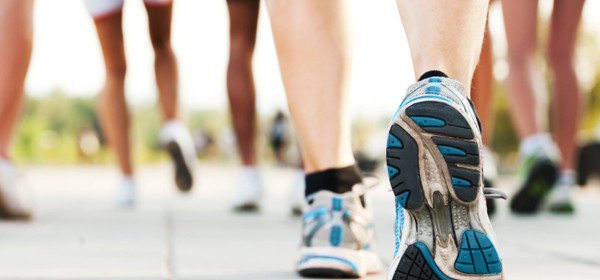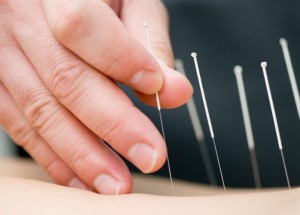Hand-held devices aren’t going anywhere soon — they’re useful and convenient. As you tap and swipe, follow these tips to avoid the aches and pains that come with the digital age.
Take a break
Holding up your phone or tablet for extended periods of time can strain the muscles in your shoulders, arms and fingers. Let your arms rest at your sides every so often.
The 20-20-20 rule
Give your eyes a break! Every 20 minutes, take 20 seconds to look about 20 feet ahead (or as far as possible).
Change positions
Next time you’re thinking of pulling an all-nighter, try to avoid sitting for longer than 30 minutes at a time. Get up and walk around!
Aim higher
Raise your phone up closer to eye level to reduce strain on your neck. When watching lectures on your tablet or laptop, be sure to prop it up against something so your shoulders and arms can relax.
Stretch it out
Slowly turn your head towards your left shoulder, hold for five seconds and repeat on your right side. You can also download Straighten Up Canada! — a free app developed by Canada’s chiropractors with videos of stretches you can do to help your posture in just three minutes!
The only thing that’s more important than “perfect” posture is movement. If you still have pain and discomfort after trying these tips, visit a chiropractor to develop a plan to keep you pain-free in the classroom or in the office















